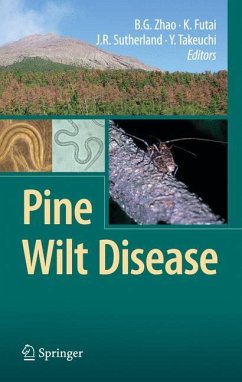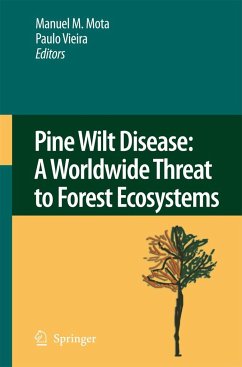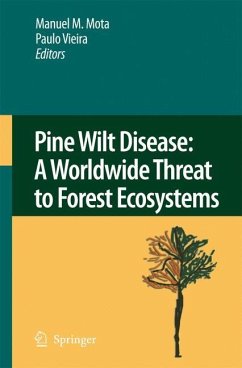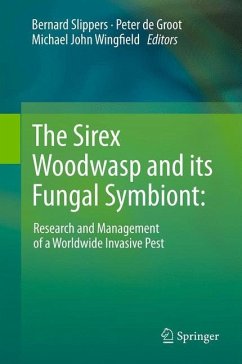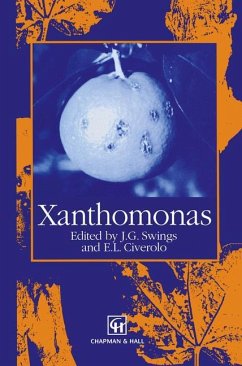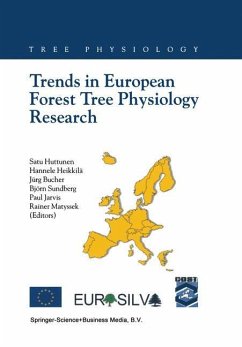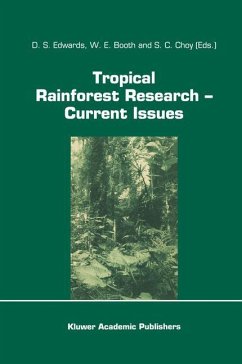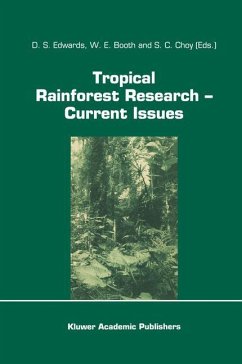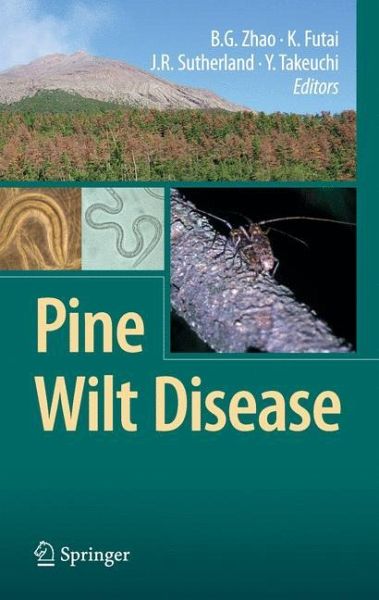
Pine Wilt Disease

PAYBACK Punkte
87 °P sammeln!
Pine forests face a global threat of pine wilt disease, which is being spread by vector beetles carrying pathogenic nematodes from dead trees to healthy ones. Among the host pines there are varying degrees of susceptibility, and nematode strains also contain a variety of virulences, both of which factors help to determine whether infected host trees will die or survive. As well, biotic and abiotic environmental factors influence the fate of infected trees. This book describes the history of the disease, pathogenic nematodes, vector beetles, the etiology and ecology of the disease, microorganis...
Pine forests face a global threat of pine wilt disease, which is being spread by vector beetles carrying pathogenic nematodes from dead trees to healthy ones. Among the host pines there are varying degrees of susceptibility, and nematode strains also contain a variety of virulences, both of which factors help to determine whether infected host trees will die or survive. As well, biotic and abiotic environmental factors influence the fate of infected trees. This book describes the history of the disease, pathogenic nematodes, vector beetles, the etiology and ecology of the disease, microorganisms involved, and control methods that utilize host resistance and biological control agents. Concrete, comprehensive, and the most up-to-date knowledge about this worldwide forest epidemic is presented for readers, enabling them to understand the nature and epidemic threat of pine wilt disease.





